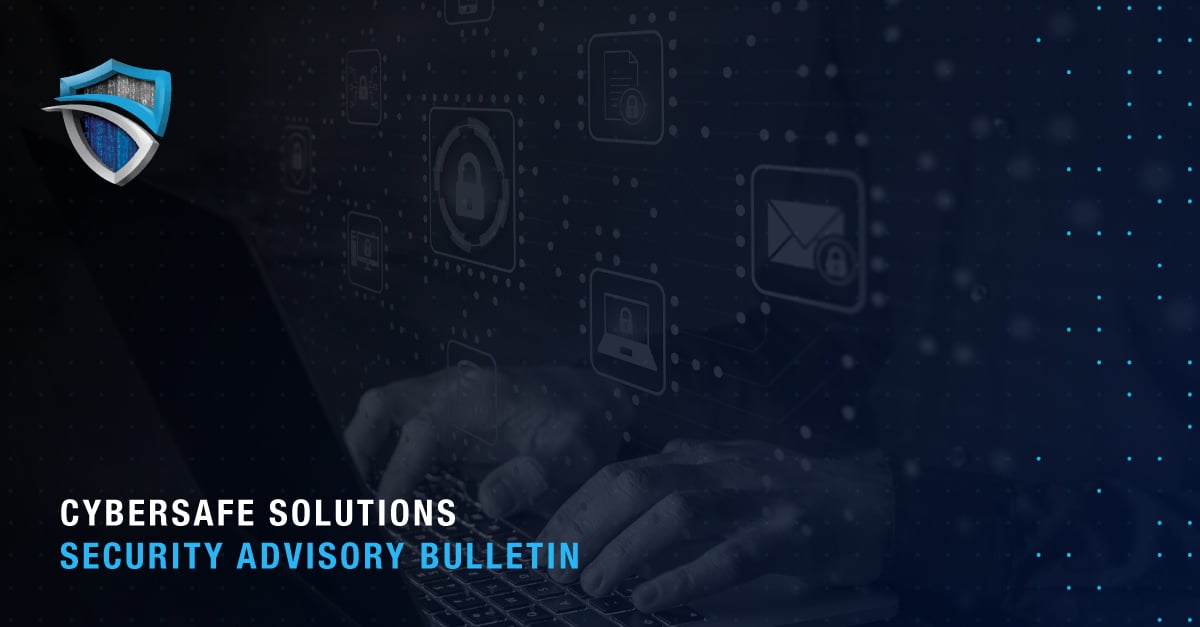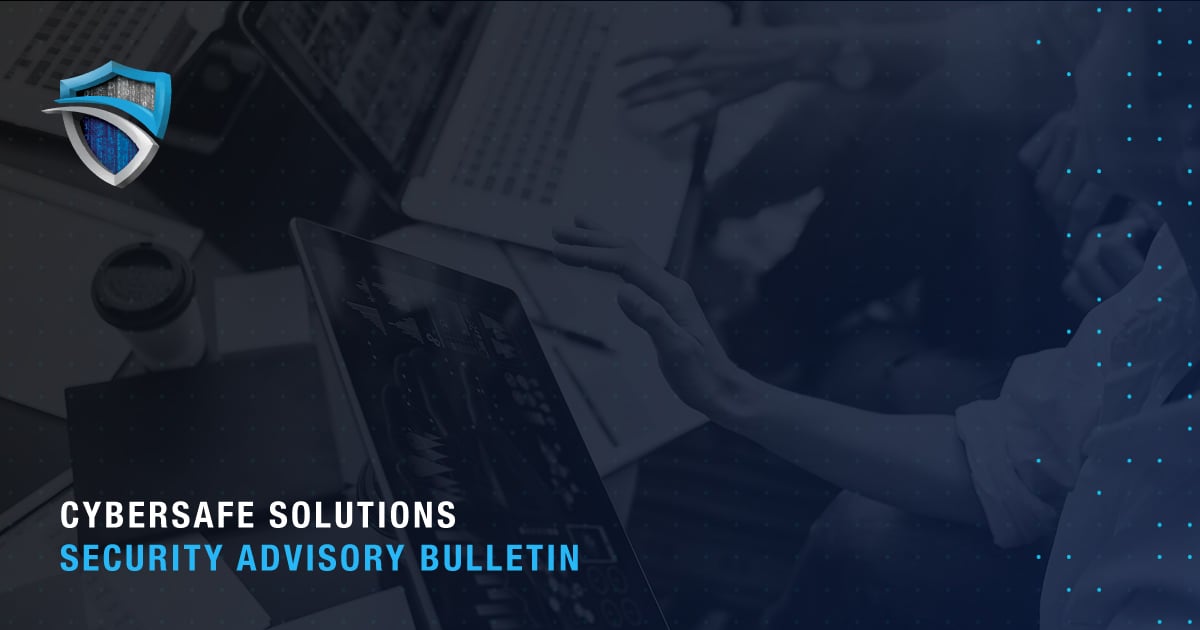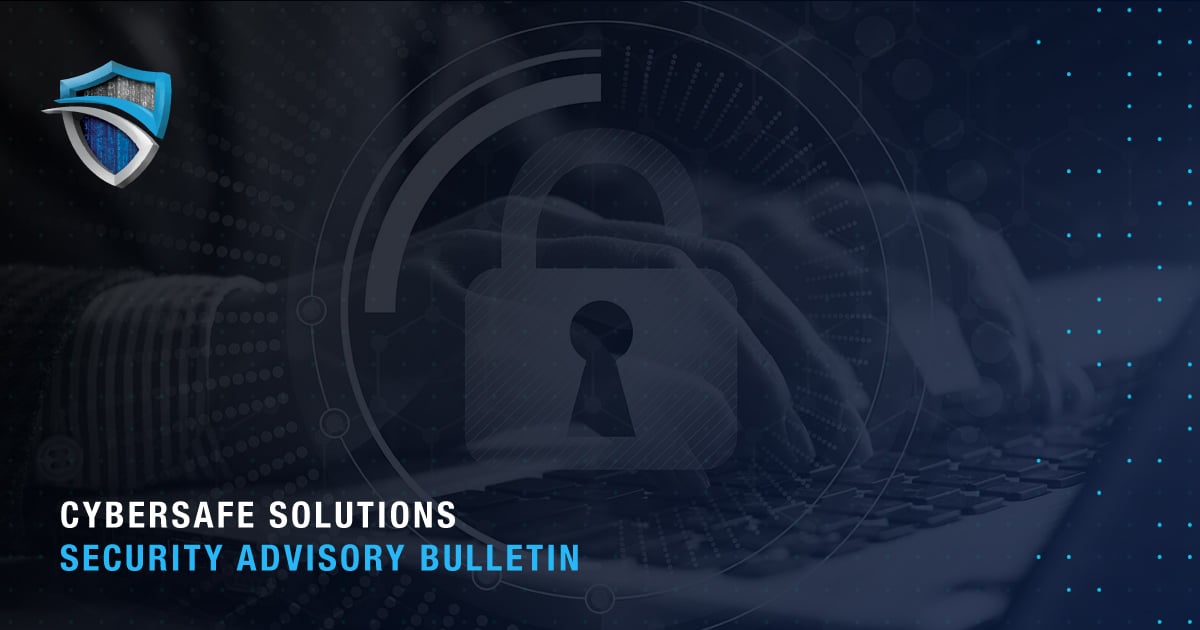KEY TAKEAWAYS
- Cybersecurity policies form the backbone of an organization's defense against new threats, requiring regular review, updates, and thorough health checks.
- From Acceptable Use Policies to Incident Response and Mobile Device Policies, these strategies reflect the organization’s governance in the face of the threat landscape and compliance requirements.
- Partnering with Cybersafe Solutions for expert guidance and tailored policy development can significantly enhance your cybersecurity posture, ensuring your organization remains resilient in the face of evolving threats.
Recent research suggests many businesses continue to delay cybersecurity investments despite the clear benefits they provide, including mitigating or lessening the fallout of attacks. Equally concerning, senior management often lacks visibility into their company’s security workflows, leaving them uncertain whether they’ve fallen victim to a breach.
Adopting and maintaining a comprehensive set of policies is the critical first step in fortifying your organization's cybersecurity posture. These efforts can guide the strategic integration of appropriate tools and technologies and ensure all levels of the organization are aligned and aware of their roles in safeguarding against threats.
In this blog, we'll explore the importance of cybersecurity policies, the different types implemented, and the critical role that health checks play in keeping them up to date.
The Importance of Cybersecurity Policies
In its most holistic form, a cybersecurity policy serves as the foundation for an organization's strategy to protect its digital assets, including sensitive data, intellectual property, and customer information. It can also help track compliance with regulations and legislation.
A policy can include a blueprint-like document, often known as a Written Information Security Program (WISP), outlining the behavioral, administrative, technical, and physical measures taken to minimize the threat of cyberattacks, such as malware, phishing attacks, and unauthorized access.
Additionally, cybersecurity policies can be narrower in scope, covering protocols for wireless access or password use, for example.
Given the proliferation of cyber threats today, cybersecurity policies are as integral to organizational risk management as those related to financial management, legal compliance, or human resources.
Types of Cybersecurity Policy
Beyond a macro-level WISP, standalone cybersecurity policies can be tailored to address specific security aspects. Cybersafe Solutions identifies up to 19 unique security policy categories. Some of the more commonly implemented include those listed below.
Acceptable Use Policy (AUP)
An Acceptable Use Policy (AUP) defines acceptable employee behavior and practices using an organization's IT resources, such as computers, networks, and internet access. It can also include the types of data employees can use once network access is granted. An AUP also generally outlines prohibited activities, such as downloading unauthorized software or accessing inappropriate content.
Confidential Data Policy
This policy focuses on protecting information and data assets that could cause reputational or financial harm if exposed outside the firm. Examples include customer databases, CRM data, passwords, business strategies, financial reports, and intellectual property.
A confidential data policy typically includes guidelines for data encryption, access control, and data handling procedures and can be part of an overall data protection strategy.
Incident Response Policy
This policy outlines the approach taken during a cybersecurity incident, such as a data breach, ransomware, or other malware attack. It sets the framework within which the incident response plan operates, including the scope, objectives, and principles guiding the incident response team.
In its “Cost of a Data Breach Report 2023," IBM highlights that the average expense of a data breach has climbed to a record $4.45 million, increasing from $4.35 million in 2022. As such, a robust incident response policy and plan can help reinstate business continuity more quickly and mitigate increasingly prohibitive costs.
Bring Your Own Device (BYOD)/ Mobile Device Policy
With the proliferation of mobile devices in the workplace, so-called Bring Your Own Device (BYOD) policies govern the use of personal devices for work purposes. A mobile device policy is similar but can cover personal and employer-owned devices.
In both cases, these policies establish security requirements, such as device encryption and remote wipe capabilities, to protect company information accessed or stored on a device.
Remote Access Policy
Deploying a remote access policy is essential in hybrid work models to help secure connectivity from outside the company's physical premises.
In particular, the policy helps manage employee access to an organizational network from external locations. It focuses on securing connections, ensuring only authorized users can access company resources remotely, and often includes requirements for secure login procedures, zero-trust protocols, VPN use, and endpoint security.
Conduct Cybersecurity Health Checks
Regular health checks, or periodic assessments, are critical to ensuring that active cybersecurity policies remain effective in the face of evolving threats. As a living document, a cybersecurity policy should be updated in real time as employee and technology requirements change.
Using tools such as penetration testing, vulnerability scans, and security audits, regular assessments help identify vulnerabilities and gaps in existing policies. These exercises help ensure your organization is prepared to respond effectively to real-world security incidents.
Updating Security Policies & Procedures
While a cyber health check can prompt updates to security policies, it doesn't have to be the sole trigger; at a minimum, evolving threats, industry developments, and technological advancements also necessitate regular policy reviews.
Other practices that align with effective policy hygiene include the following:
Stay Informed
Keep abreast of the latest cybersecurity trends, emerging threats, and industry best practices. Subscribe to security newsletters, attend conferences, and engage with cybersecurity communities to stay informed about new developments in the field.
Conduct Regular Employee Training & Awareness
Train employees on cybersecurity risks and best practices through educational programs and awareness initiatives. It's crucial that employees are not only aware of the general landscape of cyber threats but also thoroughly trained on their organization's cybersecurity policies and procedures. Since employees play a key role in defending against cyber threats, they need to know their responsibilities and how to protect the organization effectively.
Revisit Compliance Requirements Regularly
Stay compliant with relevant regulatory requirements and industry standards, such as HIPAA, GDPR, or PCI DSS. Regularly review your security policies to ensure they align with the latest compliance mandates and incorporate any necessary updates to remain compliant.
How Cybersafe Can Help
Maintaining an effective cybersecurity policy requires more than just creating a set of guidelines and procedures—it calls for continuous vigilance and forward-looking strategies to meet evolving threats. Regular health checks and updates are also key to the practice.
Partnering with a cybersecurity specialist such as Cybersafe Solutions can ensure delivery of the cybersecurity policies that are most appropriate and effective for your organization.
With a team of industry experts and a track record of developing hundreds of cybersecurity policies for both public and private sector companies, Cybersafe brings a wealth of knowledge and experience. Additionally, Cybersafe recognizes that every organization has its unique challenges and operational nuances, ensuring the development of customized policies tailored to each organization's specific business practices.
Cybersecurity is a journey rather than a one-time fix, requiring businesses to stay proactive and adaptive. With Cybersafe Solutions, you're not just preparing for today's challenges but are better equipped to navigate the evolving cybersecurity landscape一and help ensure a safer future for your organization.
Cybersafe is a leading MSSP providing unmatched continuous monitoring, risk assessment, incident response, and more. For more about bolstering your cybersecurity posture with our services, schedule a consultation or contact us today.





